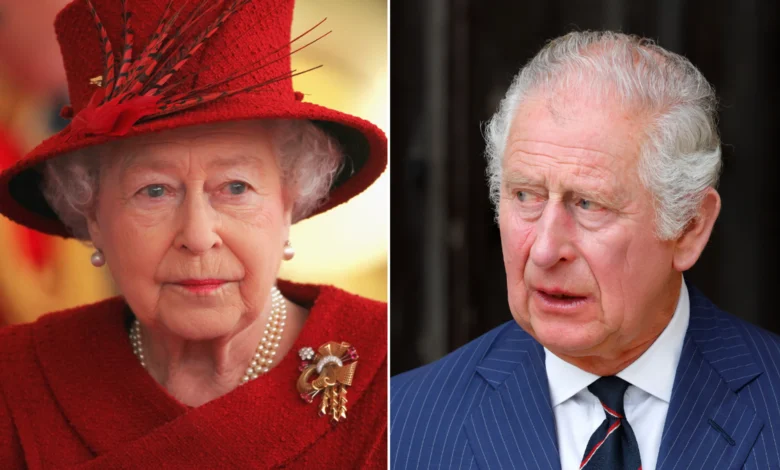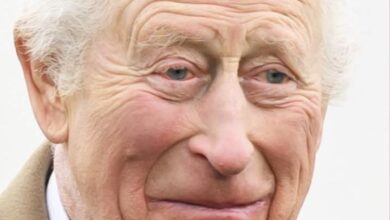Caribbean nation takes steps to remove late Queen from official documents

A Caribbean nation has moved to remove Queen Elizabeth II from official documents in a fresh blow.
Trinidad and Tobago’s redesign of its coat of arms could see the late Queen removed amid a plan to scrap the symbol of colonialism.
The Caribbean nation has already said it wants to take away a depiction of three ships used by Christopher Columbus
Many islanders feel the explorer’s expeditions to the area paved the way for centuries of European colonial rule and enslavement in the region.
The plan is to replace ships, the Pinta, the Niña and the Santa María, with the steelpan, the famous percussion instrument that originated in the Caribbean nation.
The Government has asked residents of the twin islands whether they support removing statues, signs, and monuments with colonial ties.
At a meeting on Wednesday, people of African, European, and Indigenous descent stepped up to the microphone one by one to voice their thoughts.
Some thought the Government needed to go further than just Columbus.
Eric Lewis, a member of the First Peoples, said: “What the hell is the Queen still doing on top of the coat of arms? Please let us put her to rest.”
Her Late Majesty is represented on the nation’s coat of arms above the shield.
A golden helmet facing the front represents Queen Elizabeth II, the colony’s ruler at the time of its design.
Trinidad and Tobago was first colonised by the Spanish, who ruled it for nearly 300 years before ceding it to the British
Britain then governed it for more than 160 years until the islands’ independence in 1962.
The colonial imprint remains throughout streets and plazas.
A statue of Columbus dominates a square of the same name in the capital of Port-of-Spain.



